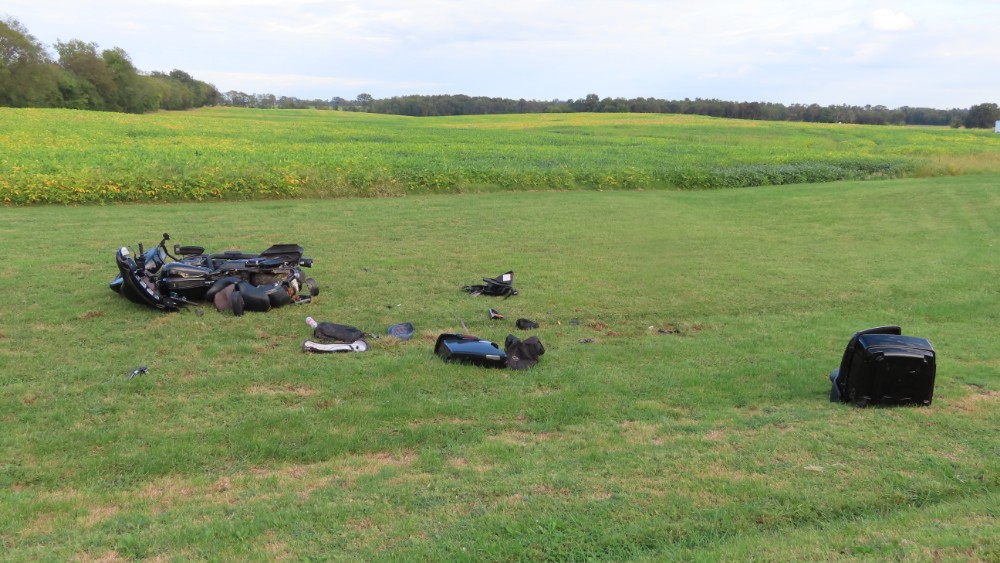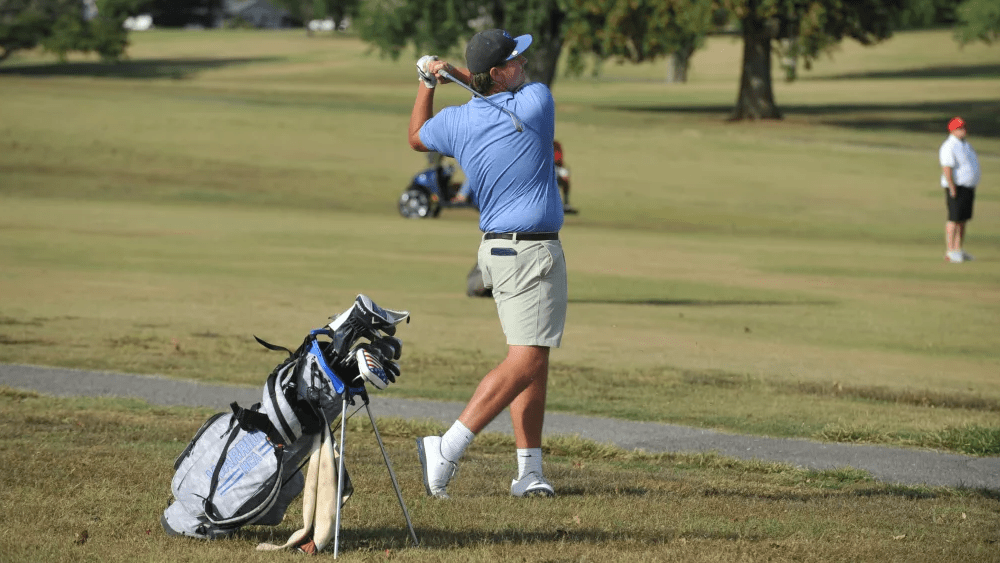Kelly Jackson
Christian County Extension Office
Selecting Evergreens
Deciduous trees like oak, popular, and maple add color, texture and height to our landscapes. Color is especially prominent in the fall. Evergreens typically go un-noticed during this season serving as the back drop or frame of the landscape. However, evergreens can serve as an important foreground plant and may even be the pride of your garden.
Evergreens are important because they do not lose their leaves (needles) in the fall and therefore they retain their color, texture and form all year long. Evergreens can not only add character to your landscape but they can also be functional serving as a screen or hedge. Evergreens play an important role as windbreaks when planted perpendicular to the prevailing wind about 25 to 50 feet from the house. Ideally a windbreak should consist of several dense evergreen trees in a row that will grow twice the height and longer than the home they are sheltering. When designed correctly, windbreaks can result in annual heating savings of 10 to 12 percent. A combination of evergreen trees and shrubs can also reduce noise levels from streets and highways. Noise is measured in decibels. For example, people talking measures about 30 to 60 decibels and large trucks average 60 to 80 decibels. When planting a noise barrier, place plants in two or three rows. Low growing plants, like shrubs, should be planted closest to the noise source with taller plants immediately behind them. A third row of shrubs with desirable characteristics (flowers, fruit, fall color) can be planted to face the living area or garden. For every 2 feet of plant width the decibel level is decreased by four. You can reduce the noise level further by developing an earthen berm about 3 to 4 feet high and planting the rows of plants discussed above on top and along the sides of the berm. This combination of berm and plant material can reduce noise level 6 to 15 decibels, which will make the noise seem one-third to one-half as loud.
Should you decide to plant an evergreen this fall, pay particular attention to ease of maintenance and the desired effect. Some evergreen trees and shrubs must be clipped or sheared if you want to maintain a formal look to your garden. This can be time consuming. An informal, more natural appearance with great eye appeal can be obtained with less maintenance by allowing the evergreens to grow naturally and adding small flowering trees and deciduous shrubs into your planting. A short list of recommended evergreen trees follow:
Tall Evergreen Trees (over 50 ft)
Hardy Cedar of Lebanon (Cedrus libani)
Oriental Spruce (Picea orientalis)
American Arborvitae (Thuja occidentalis)
Canadian Hemlock (Tsuga canadensis)
Medium Evergreen Trees (25 to 50 ft)
Hinoki Cypress (Chamaecyparis obtusa)
Foster Holly (Ilex attenuate)
American Holly (Ilex opaca)
Sweetbay Magnolia (Magnolia virginiana)
Large Evergreen Shrubs (10 to 25 ft)
Mountain Laurel (Kalmia latifolia)
Prague viburnum (Viburnum ‘Pragense’)
Azalea (Rhododendron spp.)
Umbrella Pine (Sciadopitys verticillata)
Medium Evergreen Shrubs (6 to 10 ft)
Inkberry (Ilex glabra)
Blue Holly (Ilex x meserveae)
Chinese Juniper (Juniperus chinensis)
Yew (Taxus media)






